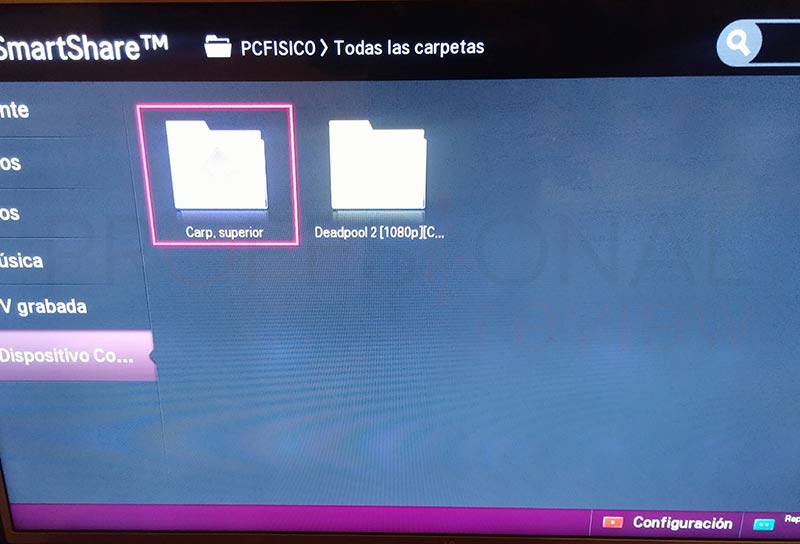
This feature would be very useful because it allows you to browse your media collection stored in one place with various devices. How to Disable DLNA Server on Windows 10?ĭLNA, whose full name is Digital Living Network Alliance, is a special software protocol that allows some specific devices such as TVs or media boxes on your network to discover media content stored on your computer.How to Enable DLNA Server in Windows 10?.In addition, you can visit MiniTool to find more Windows tips and solutions. Note: It can take some time for VLC to discover and list all the folders and sub-folders from your UPnP and DLNA servers.What is DLNA? How to enable DLNA Server on your computer? How to perform DLNA Windows setup? This post from MiniTool shows how to enable DLNA server. You will be playing media from your network in some time.Browse through them and right click on them to Play, Stream or Add to Playlist.You’ll see a list of files or streaming networks listed on the left.On the left under Local Network, click on Universal Plug’n’Play.Here’s how you access media from UPnP or DLNA using VLC: It’s like a private network for audio and video files. There should be another device sharing media files using this standard or protocol. If you have VLC on your computer, you will be accessing the files available via UPnP as well as DLNA. All of them should be connected to the same network or Wi-Fi.

It’s like sharing the media content that you have on your computer or phone to other devices without the need to copy and move files. You can see televisions make use of this feature to access videos from your laptops and other devices supporting the standard.


UPnP and DLNA allow you to stream content over your local network. The option is available in the View > Playlist section of the media player. VLC can easily access media from UPnP (Universal Plug and Play) as well as DLNA (Digital Living Network Alliance).


 0 kommentar(er)
0 kommentar(er)
